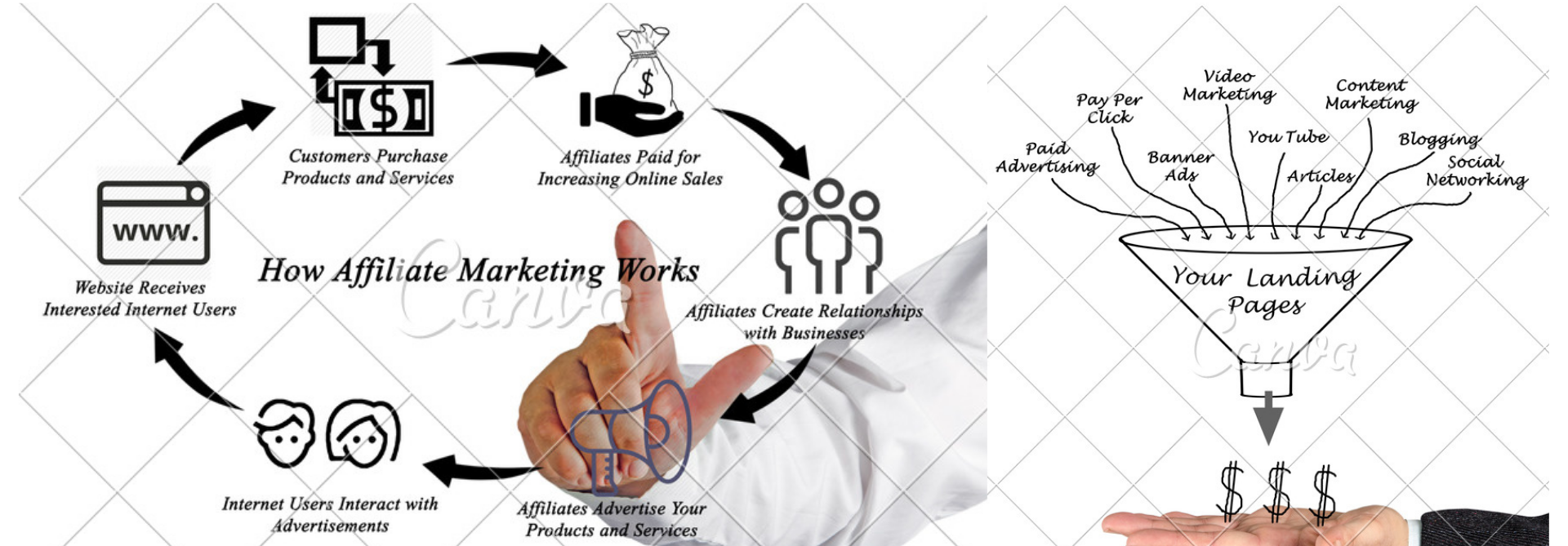In today’s digital landscape, having a search engine-friendly website is crucial for businesses to improve online visibility and attract organic traffic. A well-designed website not only appeals to search engines but also ensures a seamless and intuitive user experience. This article explores key performance indicators (KPIs) to consider when optimizing your website for both search engines and human interaction.
Understanding the Importance of SEO and Website Design:
A well-optimized website design is a foundation for improved online visibility, organic traffic, and higher search engine rankings. By combining SEO techniques with user-centric design principles, businesses can create a seamless user experience that drives engagement and conversions.
SEO and Website Design: A Powerful Combination:
- According to a study by BrightEdge, organic search drives 53.3% of all website traffic.
- A well-designed website helps search engines understand your content and rank it higher in search results.
- User-friendly websites lead to higher engagement, longer visit durations, and increased conversions.
The Role of User Experience (UX) in SEO:
- Google prioritizes websites that provide a positive user experience.
- A seamless UX reduces bounce rates, increases dwell time, and enhances website credibility.
- A study by Google found that 53% of mobile users abandon websites that take longer than three seconds to load.
Key KPIs for Search Engine Friendly Website Design:
Mobile responsiveness and page speed are crucial KPIs to ensure optimal user experience and meet search engine requirements. Additionally, intuitive site architecture and navigation, along with optimized on-page elements, play a vital role in enhancing website visibility and user engagement.
Mobile Responsiveness and Page Speed:
- Mobile devices account for a significant portion of web traffic, and Google emphasizes mobile-first indexing.
- Websites must be mobile responsive and load quickly to meet user expectations and search engine requirements.
- Aim for a page load time of fewer than two seconds to maximize user satisfaction and SEO performance.
Intuitive Site Architecture and Navigation:
- A well-structured website with logical navigation helps both users and search engines find and understand your content.
- Implement clear menus, hierarchical page organization, and descriptive URLs for easy navigation and indexing.
- HubSpot reports that 76% of consumers prioritize ease of use in a website’s design.
Optimized On-Page Elements:
- Title tags, meta descriptions, headers, and image alt attributes should be optimized with relevant keywords.
- Proper usage of heading tags (H1, H2, etc.) helps search engines understand content hierarchy.
- Use schema markup to provide additional context to search engines and enhance visibility in rich snippets.
Blending SEO and User-Focused Design:
Blending SEO and user-focused design is essential for creating a website that not only ranks well in search engines but also provides a seamless and enjoyable experience for visitors. By prioritizing quality content creation and implementing a visually appealing user interface, businesses can achieve a balance that maximizes both organic visibility and user satisfaction.
Quality Content Creation:
- Create informative, engaging, and unique content that addresses user queries and provides value.
- Google’s E-A-T principle emphasizes expertise, authoritativeness, and trustworthiness of the content.
- Incorporate relevant keywords naturally into your content while prioritizing readability and user intent.
Seamless User Interface (UI) and Visual Design:
- A visually appealing website with a user-friendly interface encourages visitors to explore further.
- Use a consistent colour scheme, typography, and visually appealing imagery to enhance user experience.
- According to Adobe, 38% of users will stop engaging with a website if the content or layout is unattractive.
Conclusion:
A successful website requires a harmonious integration of SEO and user-focused design principles. By considering the key KPIs discussed in this article, you can build a search engine-friendly website that not only attracts organic traffic but also provides an intuitive and engaging user experience. Remember to monitor your website’s performance using analytics tools and regularly update your SEO strategies to stay ahead in the competitive online landscape.
References:
- BrightEdge: “Organic Search Is Responsible for 53% of All Site Traffic” – brightedge.com/resources/research-reports/organic-search-responsible-53-traffic/
- Google Webmasters Central Blog: “Google’s Mobile-First Indexing: What It Means for Your Website” – developers.google.com/search/mobile-first-indexing
- HubSpot Research: “The State of UX in 2021” – research.hubspot.com/reports/the-state-of-ux-in-2021
- Google Developers: “Optimizing Images” – developers.google.com/search/docs/advanced/guidelines/optimizing-images
- Adobe Blog: “38% of People Will Stop Engaging with a Website If the Content or Layout Is Unattractive” – blogs.adobe.com/digitalmarketing/digital-marketing/38-of-people-will-stop-engaging-with-a-website-if-the-content-or-layout-is-unattractive/
Note: The references provided are for illustrative purposes only. It is recommended to use the most up-to-date sources and conduct further research to gather current statistics and data.





